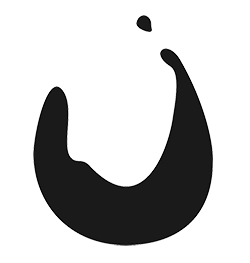2017 William Fevre Chablis ‘Bougros’ Grand Cru
“Bougros” sits on a very steep slope, with a gradient of more than 30%, facing south at the foot of the hill. This makes for a complex wine that shows well year after year.
Practicing sustainable growing in its vineyards for nearly 10 years now, Domaine William Fèvre obtained, in 2015, the “High Environmental Value” (HVE) status, the highest level of environmental certification in France.
$175.00
Out of stock
In 1959 William Fèvre declared his first crop and marked the birth of the domain. Descended from a family that had lived in the Chablis region for over 250 years, it was only natural that he become a winemaker. Over the years the domain has acquired new vineyards in Chablis, all located in the historic terroirs. William Fèvre has become one of the biggest land owners in Chablis with 78 hectares of prestigious vineyards, of which, 15.9 are classified as Premiers Crus and 15.2 as Grand Crus.
Domaine William Fèvre works passionately to express Chablis’ terroirs, respecting the region’s environment and traditional practices. They also maintain deep-rooted family values that they still instill today in their vineyards and wines thanks to modern technology and a resolute avant-garde vision. Style is an empty shell. Wine’s potential lies in its sensual response. For Chablis, this is derived from its terroir, which creates freshness and minerality.
CHARDONNAY
As the most popular white grape for growing and consuming, Chardonnay can be made in a wide range of styles. These styles can vary from a sparkling Blanc de Blanc, or fresh fermented in stainless steel, to rich and creamy white wine aged in oak barrels. Notable regions for this grape include Chablis or Burgundy in France, Central Coast, Napa, and Sonoma in CA, and Western Australia. When pairing with food, consider the characteristics of your wine first. No brainer pairing options include seafood, salads, and white meat. Chardonnay, with its vast versatility, is everyone’s best friend.
BURGUNDY, FRANCE
Burgundy is a historical region in east-central France that covers a wide area with ranging climates. The large number of producers and appellations within Burgundy can make the region seem complicated to the eye. At its essence though, Burgundy can be quite simple. This is the home for Pinot Noir and Chardonnay, and these wines are second-to-none around the world. Burgundy winemakers were the pioneers for premium Chardonnay production and continue to provide a benchmark of excellence in viticulture and winemaking for all of their varieties.
Vineyard location is extremely important in Burgundy. The location will determine their quality level within the Burgundy appellation hierarchy. The highest-quality vineyards will generally have a south or southeast facing exposure providing the most access to sunlight and offering protection from westerly winds. These wines may be listed as premier cru or grand cru on the bottle label. Soils in Burgundy can vary depending on the area, but you’ll find many of them are rich in limestone and clay. Burgundian wines can age for many years if stored properly and will often hit their peak drinking age 5-10 years after production.
Chablis, the Côte d’Or, Côte Chalonnaise, Mâconnais and Beaujolais are all appellations within Burgundy that have different rules and produce different styles of wines. Perhaps even more well-known are the sub-appellations within. The small villages of Corton, Montrachet, Meursault, and so on have reputations for producing the best white wine in the world.






